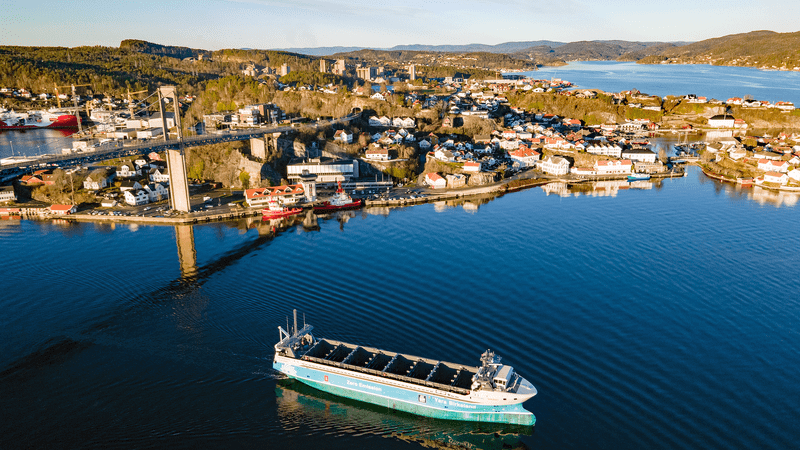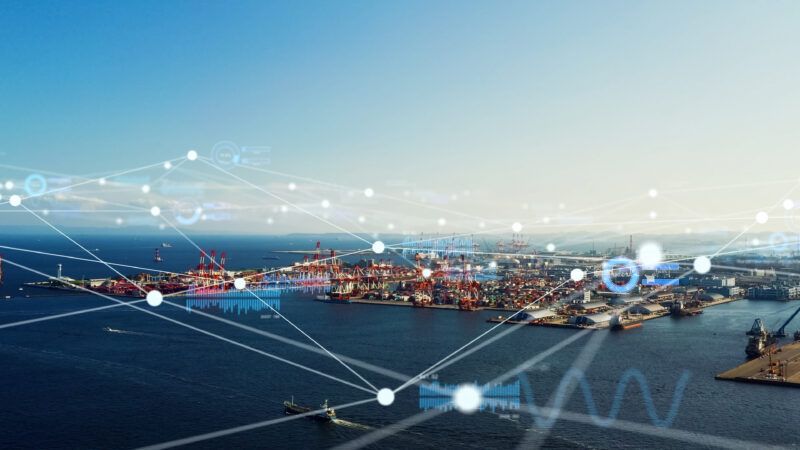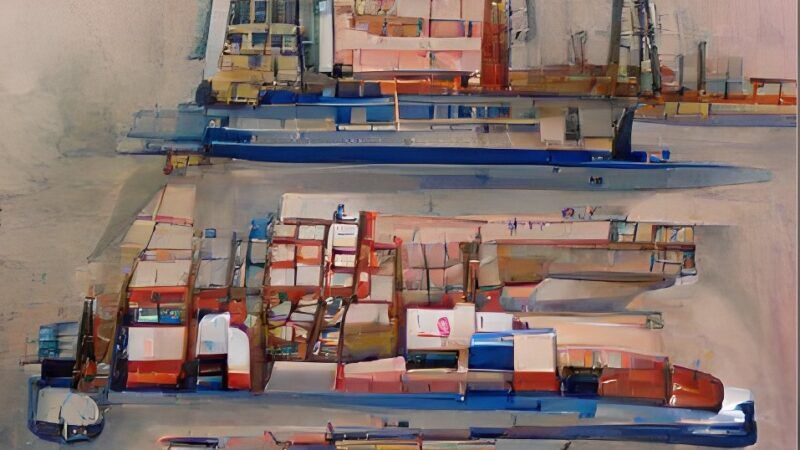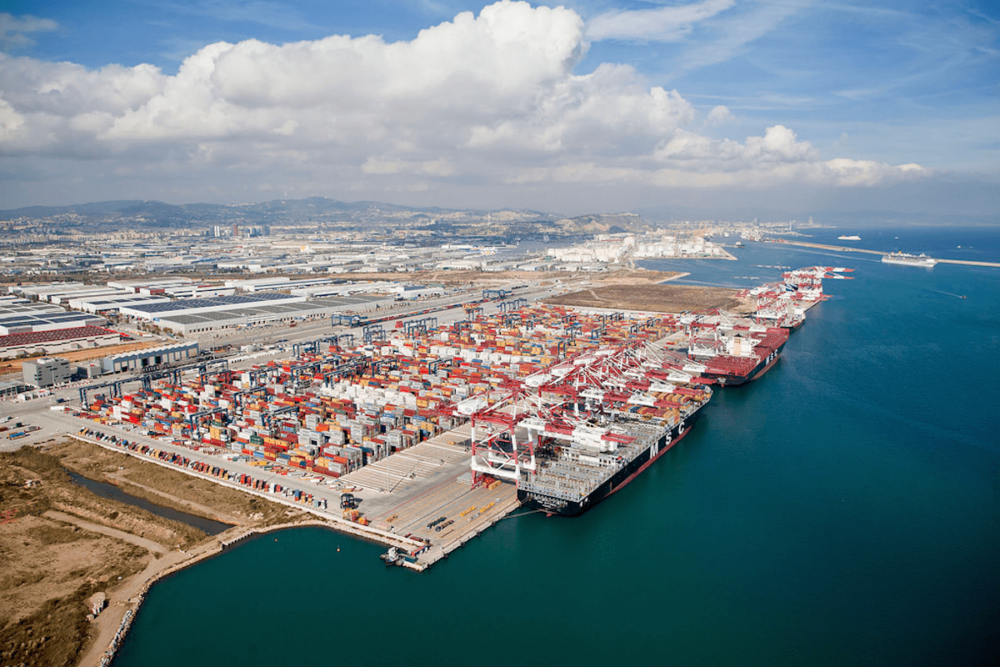 The Port of Barcelona is moving towards to the Smart Port model at cruising speed. (Image of the Port of Barcelona's Flickr)
The Port of Barcelona is moving towards to the Smart Port model at cruising speed. (Image of the Port of Barcelona's Flickr)
The Smart Port model at the Port of Barcelona
Technology like big data, automation and artificial intelligence, as well as new values such as transparency and collaboration, are driving profound changes in all areas of the economy. In this context, the notion of the Smart Port has been created to provide a more open and efficient model for port and logistics processes, in line with these values. Technology is key, but only to leverage a transversal change. In this article, Catalina Grimalt, CIO of Port of Barcelona, breaks down how we are moving towards a smart port.

Catalina Grimalt is Deputy manager of Organisation and Internal Resources at Port de Barcelona.
 The Port of Barcelona is moving towards to the Smart Port model at cruising speed. (Image of the Port of Barcelona's Flickr)
The Port of Barcelona is moving towards to the Smart Port model at cruising speed. (Image of the Port of Barcelona's Flickr)
For some years now, in the port sector, Smart Port has been used to refer to a port model that uses technology to automate processes, connecting the various stakeholders in the logistics chain at platforms that make transactions and bureaucratic procedures easier, faster, more reliable and more easily traceable; where the data collected through these interactions among vehicles, individuals and institutions is used for better decision-making. Moving towards a Smart Port model is, in short, evolving towards a more efficient, sustainable port that can provide non-stop service: 24 hours a day, 7 days a week.
Although this is the goal, each port is a unique ecosystem that must aspire to develop its own Smart Port model. In our experience, through communication and collaboration with several international ports through the ChainPORT workgroup, we have the opportunity to discuss recurring themes, which concern most ports, such as queues and traffic or wait times for lorries in the area around container terminals; using sensors to collect data on the various processes (to later analyse the information and optimise the processes); traceability software using blockchain; and, in general, any issues associated with minimising impact on the environment (such as transition to LNG, energy efficiency, the circular economy, etc.).
Through the ChainPORT workgroup we have the opportunity to discuss recurring themes such as queues and traffic or wait times for lorries in the area around container terminals.
First points to leverage change
In the case of the Port of Barcelona, we already surmised that there were four points of leverage that were radically changing logistics and port activity, which were also intimately connected. We identified them as follows:
Social. We detected that the spread of social media was changing the way people communicate, but also how information is shared, anticipating new, more cooperative and collaborative work methods that are more horizontal and direct.
Mobile. A large part of this revolution was made possible by the emergence and democratisation of smartphones, which allow us to be connected at all times, providing information, for example, on our location.
Analytics. Logically, the spread of data opens the doors to analysis in order to optimise and make processes faster and easier. By using artificial intelligence and machine learning, we can make sense and use of this information.
Cloud. This data could be stored comfortably (without the need for large, heavy equipment) in the cloud, where it is also accessible to all of the stakeholders in the logistics chain.
Likewise, the combination of all of these factors opened up the chance to create open management and communication platforms for port activity.
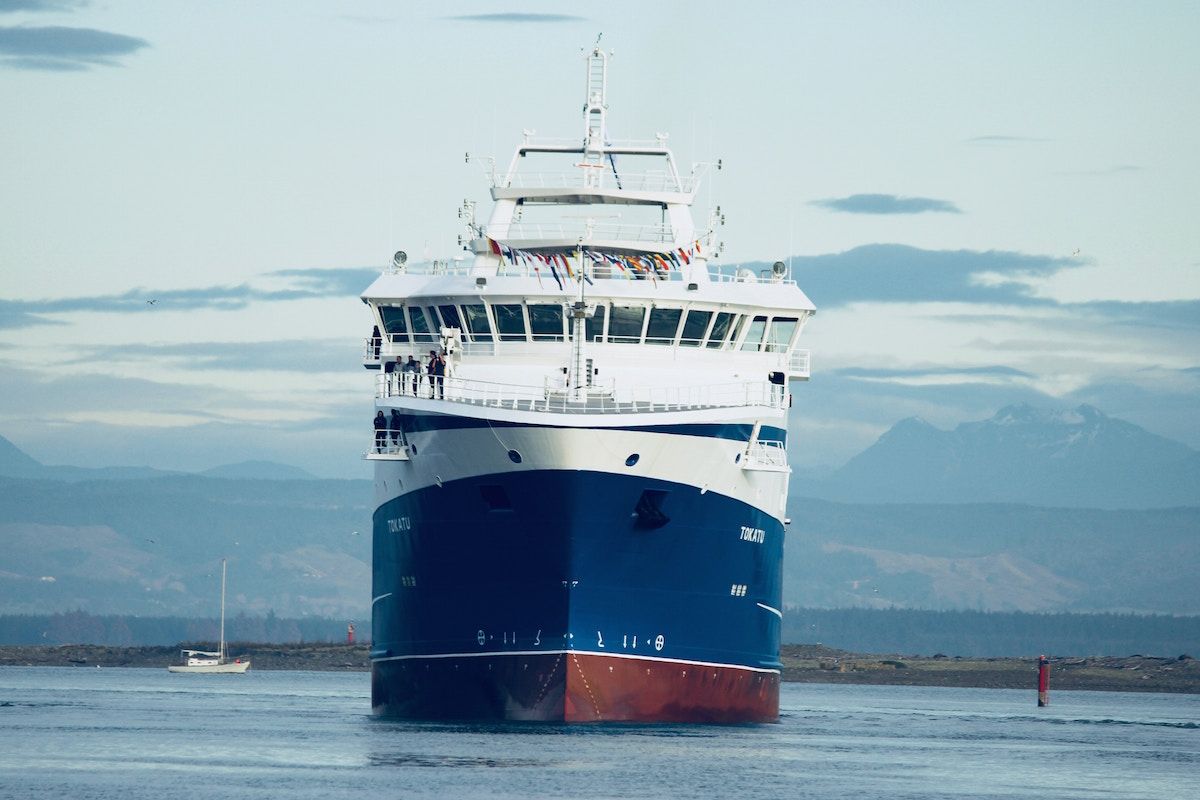
Our own Smart Port model
By detecting these changes and after the big international port authorities, spearheaded by Rotterdam, began to talk about smart ports, we started to look into the notion of the Smart Port in order to develop our own model, meeting the specific needs and characteristics of the Port of Barcelona. We started from the academic definition of the Smart City, which established six areas of transformation to create a smart city, and we adapted them to the port environment: the ‘living’ parameter becomes ‘logistics’. With regard to ‘mobility’, in addition to looking at issues of how people move about using public or private transport, we also added the most common vehicles found at the port, such as ships, trains and lorries, to name the most important adaptations made to the model. To the six main dimensions, we added one transversal point, which is technology. Sometimes this acts as a driving force for change in the port activity and, in others, it is used to bring about change.
These dimensions are as follows:
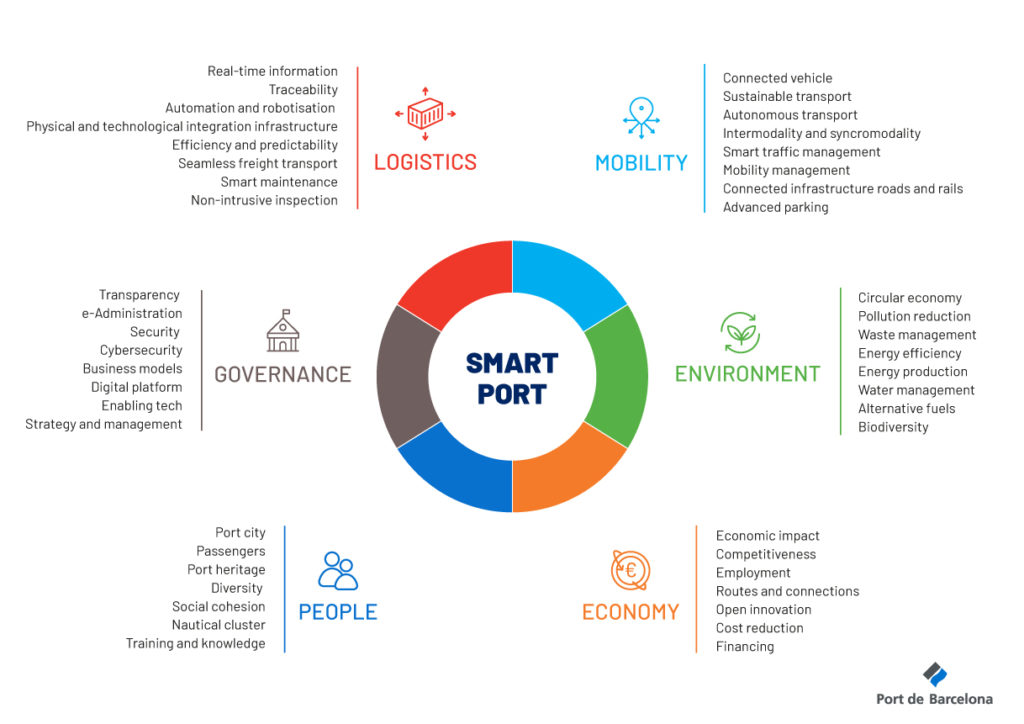
Logistics: The goal is to integrate physical and technological infrastructure with processes to share information in real time with all stakeholders in the logistics chain, making it more predictable and efficient.
This is the area in which the most progress has been made. For example, by automating terminals we have taken a huge step forward, both in quality and quantity. Not only has the number of operations increased notably, we also have more real information on each of them. We know how many movements take place each hour, whether or not there are queues at the terminals, etc. In fact, predictive systems are being developed that will allow us to get out ahead of any possible problems to make operations faster, easier and more efficient.
Mobility: This dimension refers to effective, sustainable management of traffic and all modes of transport, through interconnected technology, infrastructures and means of transport.
We are working on maritime mobility as part of the STM project, which aims to standardise information on sea traffic and share it on an open platform with the various ports, crew and companies involved. Likewise, we are now launching a project to optimise rail traffic in the port using a similar solution to the one we have already implemented for sea and road mobility.
Environment: This is one of the most important dimensions and, like technology, is completely transversal. Under our vision, the port must protect the environment by efficiently managing resources, reducing emissions and promoting clean energy.
The transversal nature of environmental issues makes this parameter improve as the processes are optimised. So, better management of lorry traffic at the container terminals leads to less traffic and lower CO2 emissions. The Port of Barcelona is also committed to transitioning towards electric vehicles, as has been seen in its participation in the Caresmatic project, which advocates for adapting vehicle terminals to the needs of these automobiles, as well as implementing a fleet of electric vehicles for port authority staff use. Among many other actions, in the sea transport arena, and in collaboration with Enagás, we’re promoting the use of liquid natural gas as fuel for the ships.
The transversal nature of environmental issues makes this parameter improve as the processes are optimised.
Economy: Beyond managing port activity, ports must also promote and contribute to competitiveness, innovation, internationalisation and entrepreneurship as elements to create economic value in their surroundings and to dynamise the market in the metropolitan area where they conduct their activities.
The greatest push is coming in the promotion of innovation at the port in various forms, from creating a start-up accelerator on site, like Pier01, to kicking off projects to foster the development of specific solutions, such as PortInnova.
People: One of the port’s functions must be to actively promote relationships between individuals and the port environment: hosting social and cultural events and fostering social cohesion, diversity and participation.
At the Port of Barcelona, we have always been acutely aware of our nature as an urban port, which means we are open to residents and in constant dialogue with stakeholders.
Governance: Ports must undergo a digital transformation to bring value to society, with sustainable, transparent management of resources, based on participation and collaboration, not to mention physical, digital and legal security.
One of the challenges in this area would be to manage the tensions between transparency and automation, which involves opening up the port to the stakeholders who participate in its daily activities and managing the increased threat in terms of cybersecurity at ports. With regard to transparency, we have a web portal with tonnes of information on what is going on at the port. We are also working on implementing e-Administration and electronic signatures for many processes. Issues associated with training have also gone into the cloud and been made accessible to more workers, thanks to our new PCS, Portic, which provides training to the port community on new procedures we are rolling out.
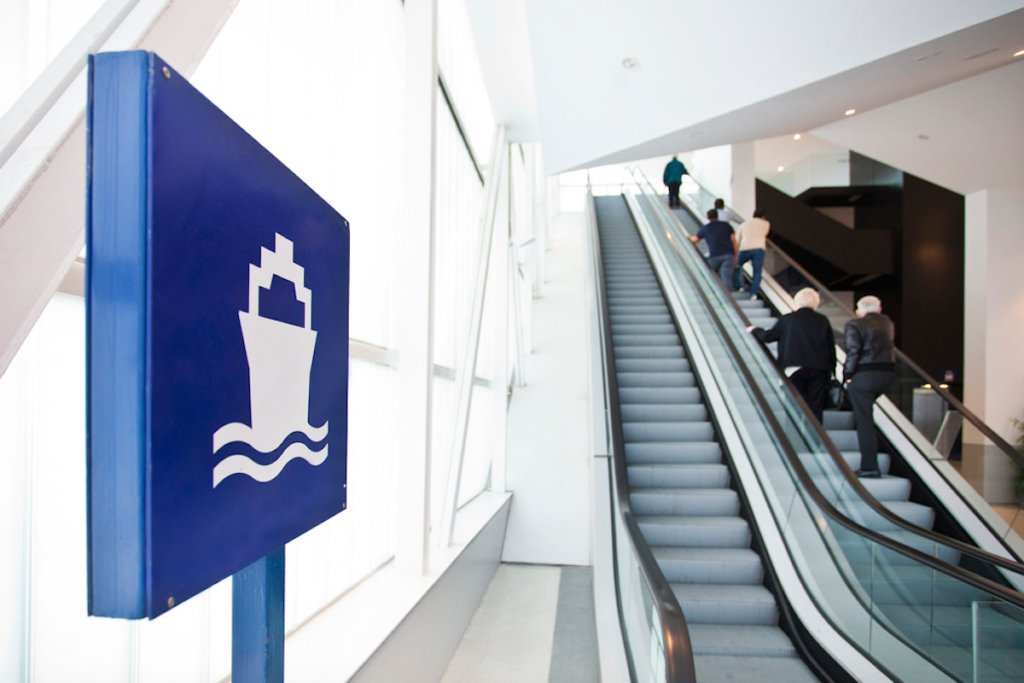
Leading and promoting innovation
Taking into account this paradigm shift that comes with bringing new technology on board, at the Port of Barcelona we understand that there must be an agent that promotes these changes, leads them and spreads them to all the stakeholders involved. So, we have taken on this role. They are long, complex processes that require consistency. We have to move wills in people with different levels of training and responsibility, in organisations of different natures (public and private) and different sizes (from large logistics multinational corporations to small service companies). To accompany them in this change, we must not only promote the application of technology but also create workgroups with all of the stakeholders to explain the advantages, provide training and guidance for applying it, and, above all, convey our enthusiasm and commitment to the new port management models.


